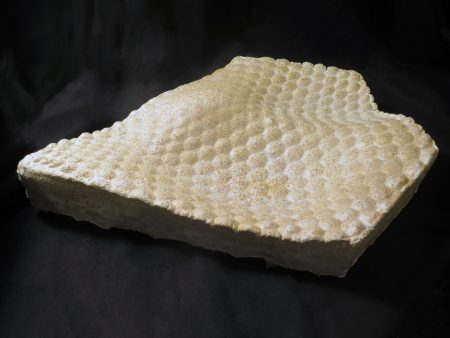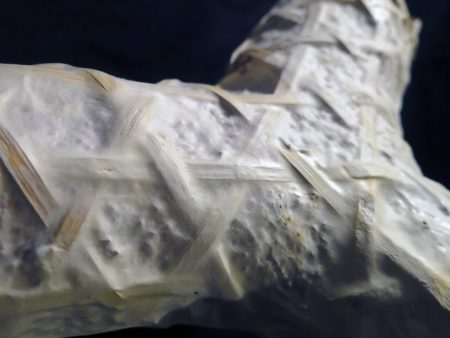The Future of Building Materials – Are Fungi the Answer?
As the Earth’s population continues to grow we are faced with a high demand for the construction of more houses and buildings to provide shelter around the world. According to the United Nations, building and construction accounts for approximately 40% of global carbon dioxide emissions. Given the high demand for housing, and the environmental effect that this industry has globally, we are constantly searching for more cost effective, durable and environmentally friendly materials that can be used in the construction industry.
In the last few years, it has been brought to light that an unusual material may have the potential to help solve some of the environmental issues associated with the construction industry, while still allowing growth in this area. Research into the use of fungi as a material for building and construction is an area which has developed rapidly over recent years. The range of properties of different fungi species and finding ways in which we can utilise these characteristics are showing promise for their use as building materials.
Fungi: A Broad Overview
Fungi are a group of organisms in which there are around 144,000 different species that have been identified. A fungus typically consists of a mass of branched, tubular filaments called hyphae which, in the correct conditions, continually grow and branch out to form mycelium, the body of the fungus. To maintain this growth, fungi require carbohydrates or proteins, as sources of carbon and nitrogen, along with oxygen. Therefore, there are a diverse range of environments where fungi are able to grow and populate.
Fungi are a versatile group of organisms with a range of uses. We encounter fungi in our day-to-day life, commonly in the form of mushrooms, moulds or yeast. These fungi have many important roles including as a source of food, and they are also essential to many household industrial processes such as making bread, wine or cheese.
Another area where fungi have been useful is medicine. This group of organisms have been involved in countless medical discoveries and advancements, one of which was the discovery of penicillin, a common antibiotic in the present day, which was extracted from the green mould Penicillium notatum.
This raises the question, what other uses may fungi have that we are yet to discover. Is it time that we encounter these organisms closer to home?
Construction and Fungi – How Will It Work?
The concept of fungi as a construction material is not completely new to society, as mycelium have been used in the production of sustainable packaging for many years.
Fungi mycelium is easy to grow because it is able to decompose wood or leaves to gain sufficient nutrients. Mycelium is therefore a very appealing option for a construction material given the straight forward production process.
Researchers have recently been using mycelium to ‘grow’ strong, self-repairing, lightweight, insulating and fully compostable walls which can be moulded into a particular shape – similar to moulding concrete. Once moulded to shape, the fungi then become dormant. In doing so, the fungi dries out to form a strong, sturdy structure. Researchers believe it will be possible to ‘reawaken’ the fungi when necessary, for example if cracks have formed, allowing the walls to repair any damage that may be caused through wear and tear. There are also other scientists and architects around the world who have teamed up to produce building blocks made from mycelium. It is clear to see that there are numerous different ways in which fungi can be implemented into the construction industry.

Mycolite panels are made by pouring the composite into a mould. Image credit - FUNGAR/CITA, 2019-2020
The Farrell Centre is one example of the progression that has been made so far for fungal construction materials. This architectural exhibition centre has recently opened in Newcastle, set up by architect Sir Terry Farrell. The Farrell Centre has an exhibition dedicated to visions of making buildings more sustainable. The exhibition is home to a structure grown from mycelium, demonstrating the progress that is being made in developing this idea into a reality.

The mycelium composite can be grown over a woven scaffold for a period of 7-10 days, eventually encasing the structure. Image credit - FUNGAR/CITA, 2019-2020
Despite these great advances, we are merely scraping the surface regarding the scope of fungi in construction and the different ways that it can be used to lower the environmental impact of this industry. The potential appears to be limitless for this incredibly exciting field of science!
J A Kemp has expertise in Green Energy and Climate-Technology, as well as Microbiology and Materials Science.
